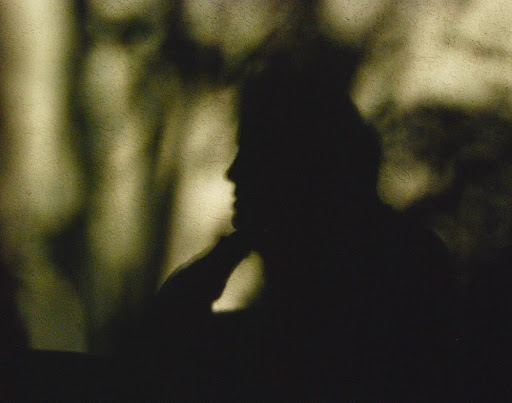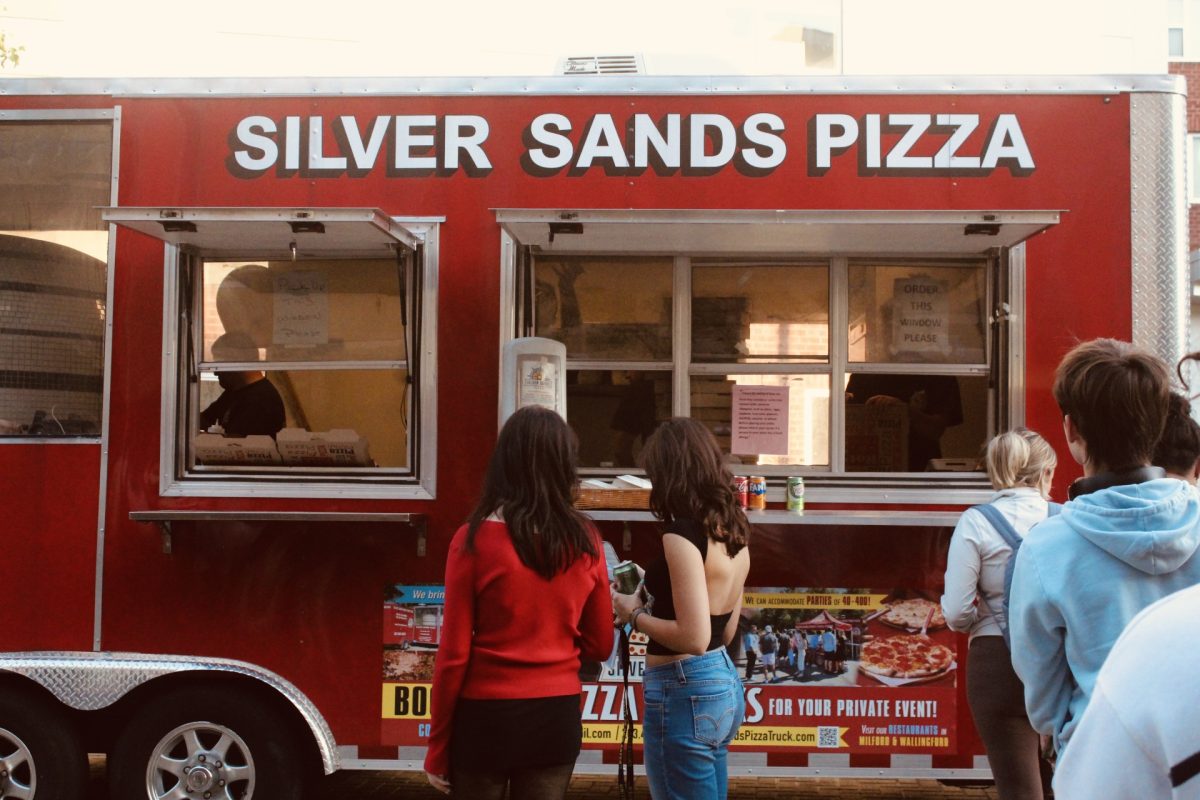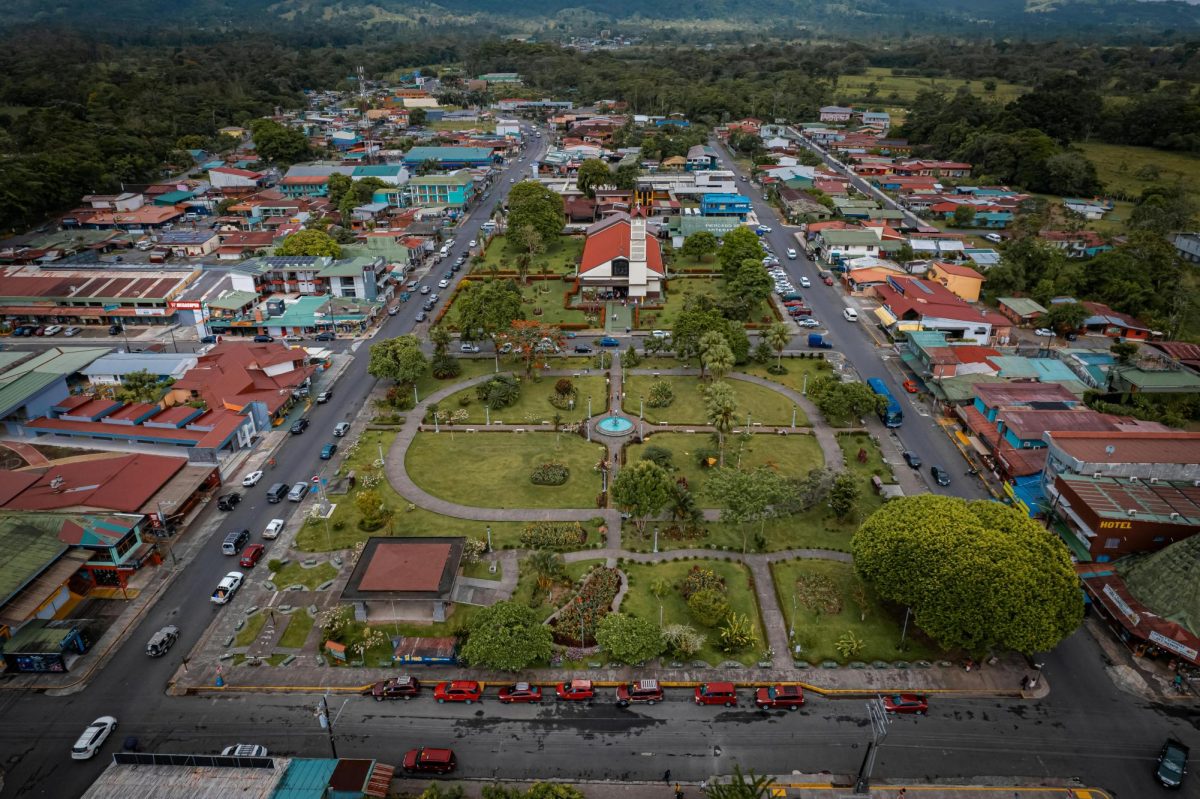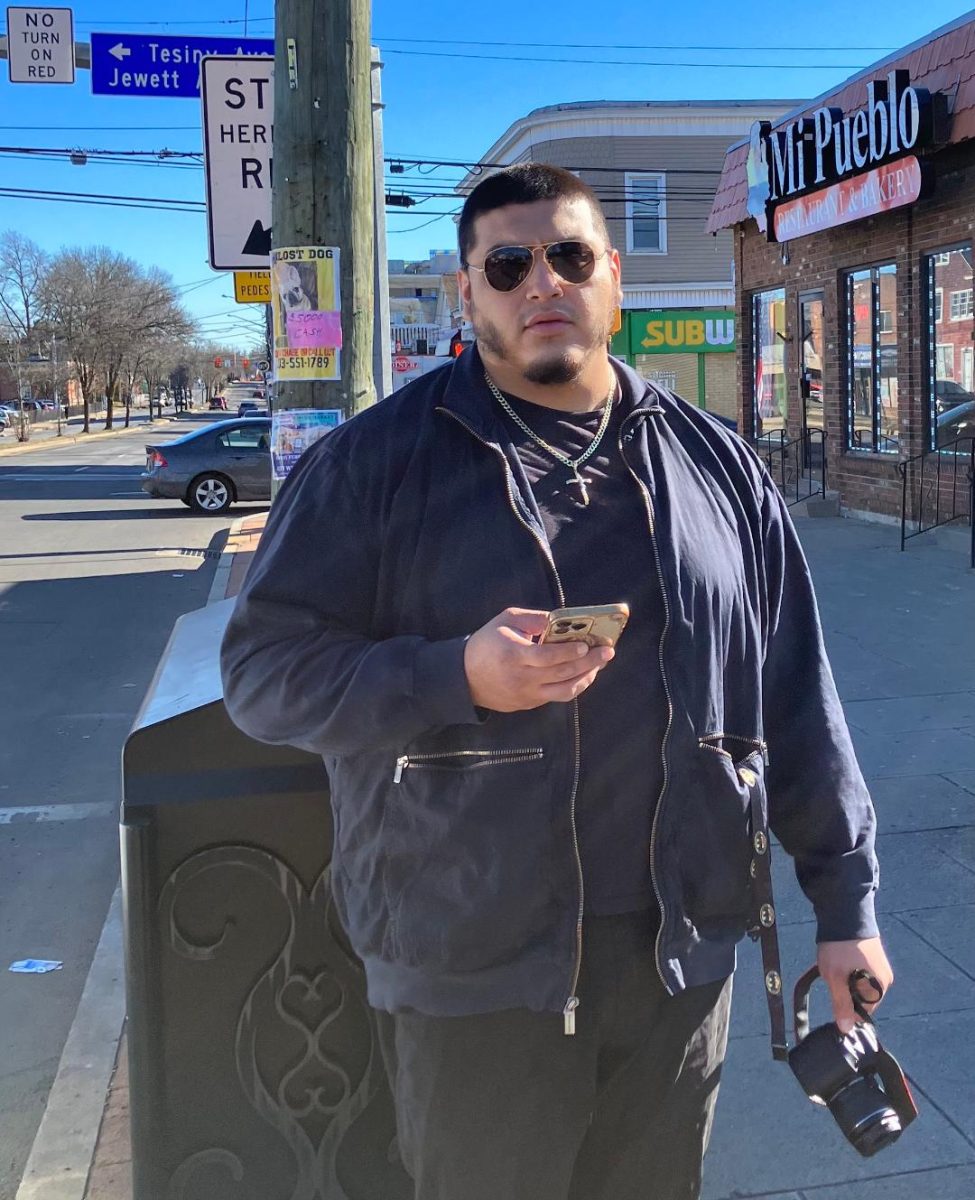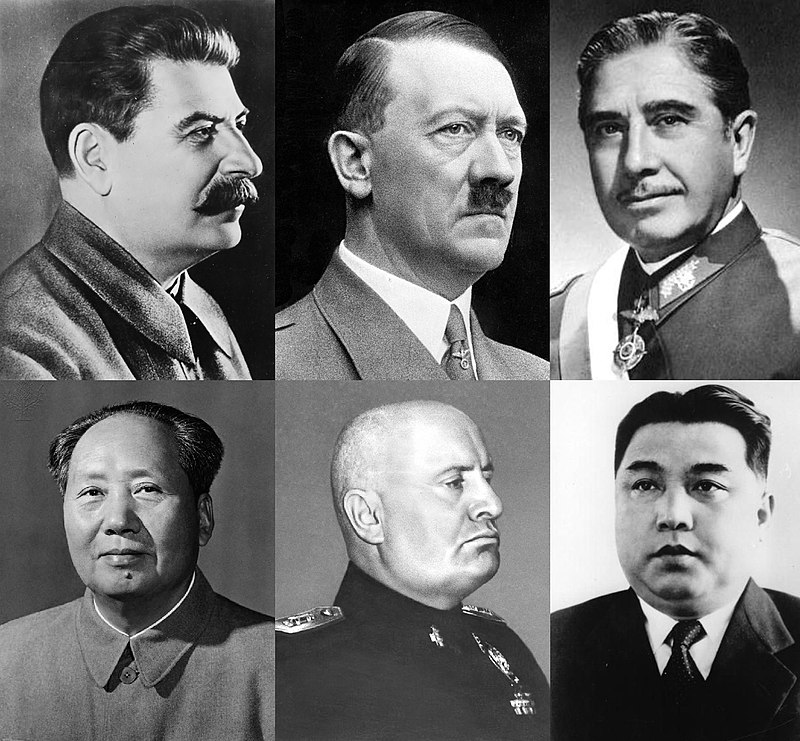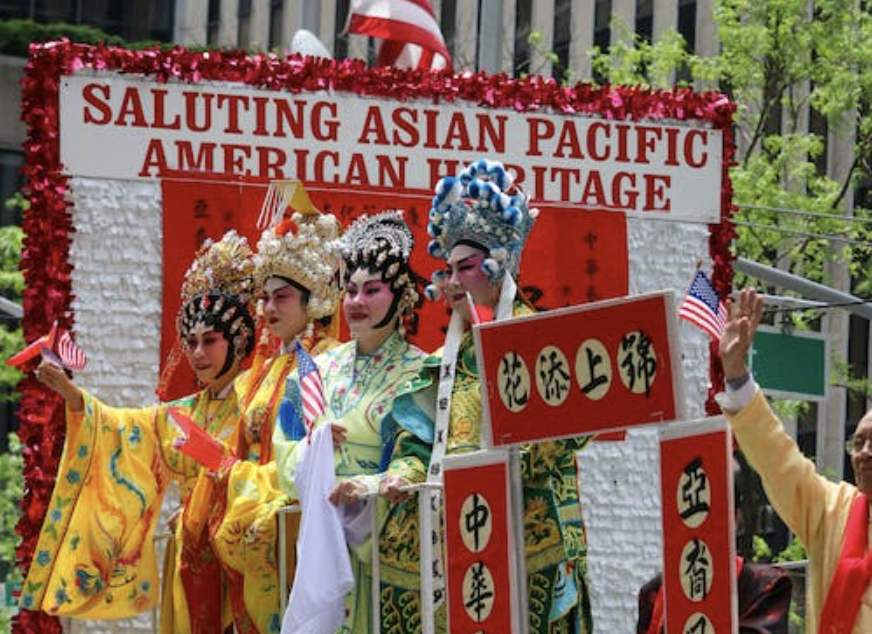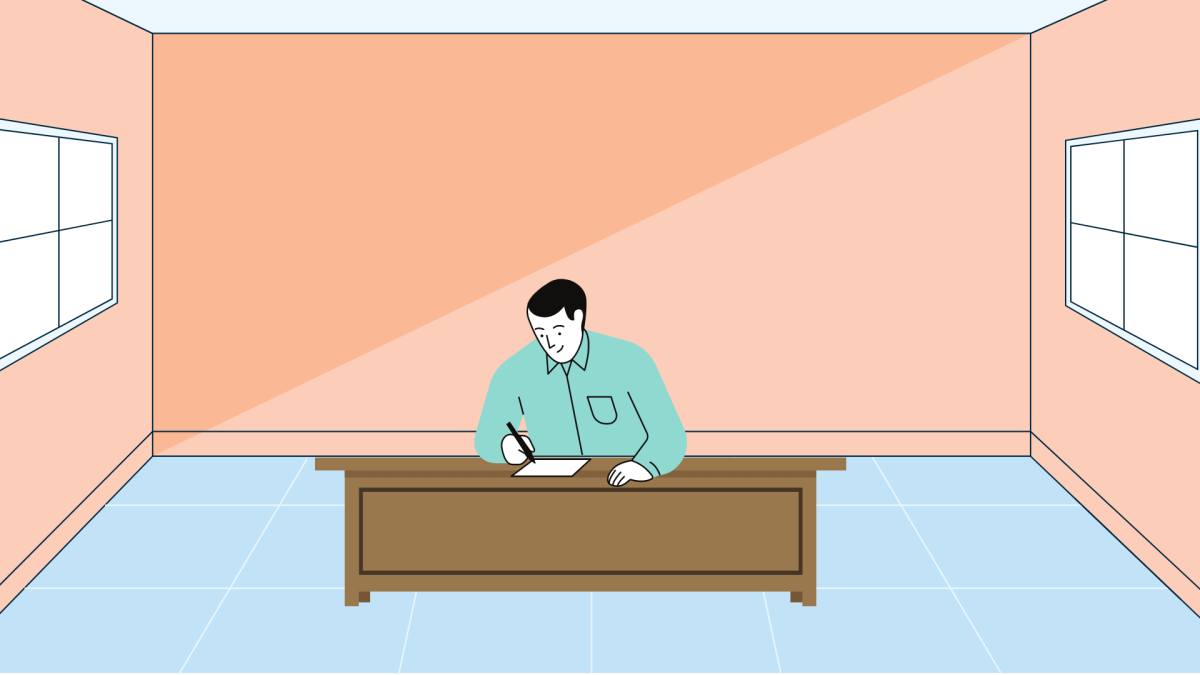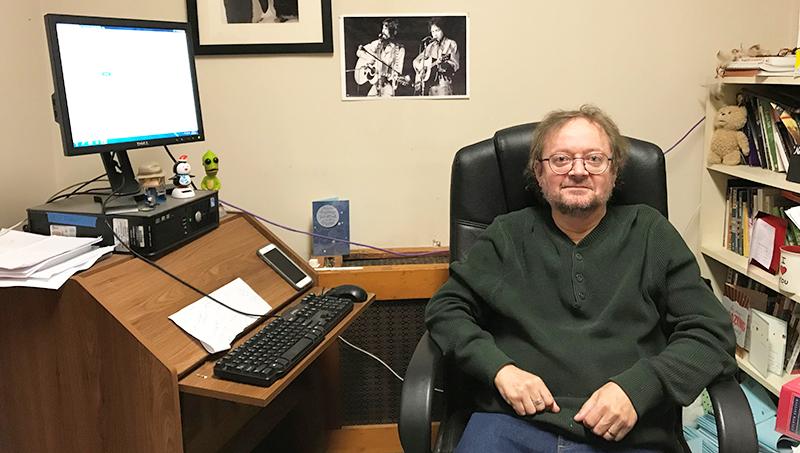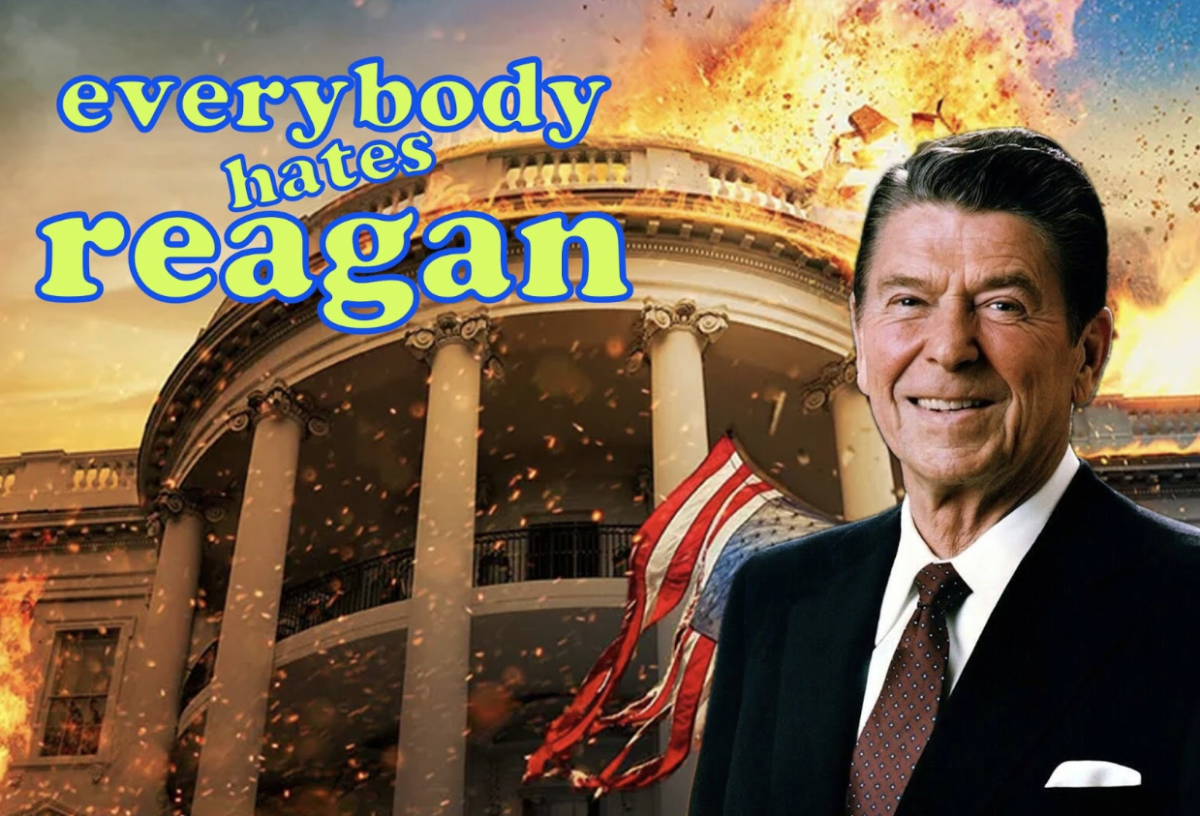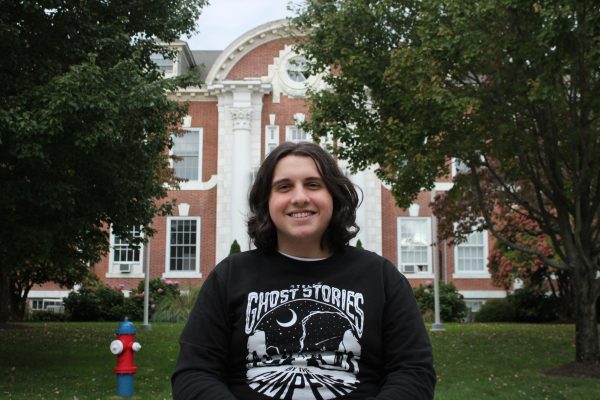Ronald Reagan: 40th President of the United States of America and one of the only presidents in United States history to be elected nearly unanimously. You’ve probably heard his praise sung by that one uncle who tends to drink just a little too much, every Wall Street executive and possibly even your local street preacher.
What if I were to tell you that Reagan was not only one of the worst presidents in history but also the main reason for nearly every modern issue in the United States? I know, it might be hard to believe, which is why I’ll lay out for you what he did, how he did it and how it affects us today.
We can’t discuss the sins of Reagan without first discussing Reaganomics. Reaganomics was Reagan’s most prominent economic policy. It decreased social spending, increased military spending, deregulated American markets and, of course, included substantial tax cuts for the rich. The idea was that the wealthy “create” jobs for the rest of the population and the best way to create more employment was to support the wealthy through tax cuts. Does that seem illogical? That’s because it was. Regan believed that the wealth would “trickle down,” but if you’ve ever had a lick of common sense, you may realize that the wealthy tend to hoard their wealth, and as a result, the rich got richer (with never-ending tax cuts) and the middle class shrunk while the poor got poorer. So, if you’ve ever wondered how the one percent got so rich, you can thank Reagan.
Reagan also believed heavily in a utilitarian approach to the higher education system. According to Reagan, government funding of universities was frivolous and the liberal nature of universities was creating a so-called “educated proletariat” while clarifying that it was as dangerous as dynamite. Reagan also felt universities needed to be more selective in picking their student body. It is easy to scoff at this for multiple reasons, the biggest being that an educated member of the working class is dangerous to anyone other than our capitalist overlords is laughable. But laugh as we might, we must also keep in mind that Reagan was not all talk. Prior to his appointment as governor of California, tuition was free for California residents. After Reagan entered office, he cut government funding for public universities by 20 percent. He continued to fund the state’s funding until universities were forced to charge tuition in order to stay open.
Reagan’s initial cut of state funding for universities in California was quickly copied by many conservative politicians and prices for universities around the country began to rise as a result. This was the turning point in the American higher education system, which can be seen to this very day. In-state students from California going to Berkeley were expected to pay $2000 in 1968. Today tuition is nearly $40,000. Reagan was clearly no stranger to anti-intellectualism, having spent his time as governor and president slashing public spending on education, making it clear just the kind of man he was.
Now, this article has been mostly critical of Reagan so far, but credit is due where credit is due. Long before it was trendy, Reagan was committed to mental health reforms. Keep in mind that when I say reforms, I mean he was committed to repealing Jimmy Carter’s 1980 Mental Health Systems Act (MHSA), which provided grants to community mental health centers.
Let’s face it: a large percentage of our homeless populations have serious mental health issues. While this has been the case long before Reagan–and while federal and state governments didn’t do anything for them–the repeal of the MHSA was the last in a long line of dominos that sealed the fate of our homeless population. With the majority of the publicly funded mental health institutions shutting down and about 60 percent of the homeless population suffering from schizophrenia, the problem only became worse.
Accounting for Los Angeles alone, there had been “approximately 11,000 ex-state-hospital patients living in board-and-care facilities.” People with mental illnesses were unable to provide for themselves and quickly found themselves homeless, jobless and stuck in a cycle of addiction and abuse. Later, a 1990 national survey resulted in the realization that “…approximately 10 percent of inmates in prisons and jails, or approximately 100,000 individuals, suffer from schizophrenia or manic-depressive psychosis [bipolar disorder].” When those individuals are released from prison, they are more likely to become homeless. By repealing MHSA, Reagan made the dire homelessness problem that much worse. He became directly responsible for the people still living on the streets today with those same people being heavily impacted by the AIDS virus.
In 1981 the United States saw the beginning of the AIDS crisis. AIDS, meaning acquired immunodeficiency syndrome, is the latest stage of HIV. The virus attacks the immune system, rendering it completely obsolete. For victims of AIDS, every cold, no matter how small, risks death. Cancer rates are heightened, you lose weight, rashes spread over your body and you slowly wither away until there is nothing left. By the time you die, the agony you would have gone through is nearly incomparable to any other disease.
When the AIDS virus first began to enter the public knowledge, people were afraid, and reasonably so. Everyone thought they could get it from their loved ones, neighbors or any random person they passed on the street. Though AIDS can and did affect all populations, it disproportionately ravaged members of the LGBTQIA+ and Black communities. When this was realized, stigmatization of queer lifestyles, racism and hate crimes for both groups observed a substantial rise. Two of society’s most vulnerable groups were in a crisis and the world feared them.
By 1982, America knew about AIDS and America feared it. One would think that a president would do everything in their power to prevent panic and help marginalized communities in an event like this, yet for years, Reagan was silent on the epidemic. Familiarly, Reagan’s administration treated AIDS like a joke. Reagan made no comments, and his press secretary, Larry Speakes, regularly quipped about it. In September of 1985, Reagan finally acknowledged the virus and said it was a “top priority.” A month later, congress allocated almost $190 million to combat AIDS but the Reagan administration had only requested $120 million. By 1989, at the end of his presidency, 89,343 people had died of AIDS. Reagan had done nothing to help them.
Reagan clearly did not care for the most vulnerable members of our society, so who did he care for? Well, he cared for the “victims” of leftism. He cared for them so much, in fact, that he sent the CIA to overthrow the leftist Sandinista government of Nicaragua and replace it with the brutal far-right United States-backed Contra dictatorship.
The Sandinistas, a grassroots liberation army, freed Nicaragua from the brutal regime of Tachito Somoza and brought democracy, unionization, nationalization and autonomy to the Central American country for the first time in decades. Literacy rates grew, education rates grew and their healthcare system saw a transformation to help people who had never been able to receive it.
The humbly named Reagan Doctrine was Reagan’s commitment to combating the growing spread of socialism, communism, marxism and other leftist ideologies worldwide. Reagan, bolstered by doctrine, saw the Nicaraguan socialist revolution (funded, in part, by the Soviet Union) and knew he had to put an end to it. The Contras were trained and funded by the CIA, the Sandinistas were overthrown and the mass murder, kidnapping, assault and torture of Nicaraguan civilians began.
This is more widely known as the Iran-Contra affair, Reagan’s most significant public controversy while in office. To simplify a wildly complex issue, congress banned direct and indirect U.S. aid to the Contras in 1984. Two years later, Reagan ordered the head of the National Security Council, John Poindexter and Lt. Col. Oliver North, to secretly divert NSC funding from arms deals with Iran to the Contras. This was instrumental in helping the Contras to overthrow the Sandinistas. Despite sizable public backlash, Reagan only issued a formal apology for the matter and never faced any legal repercussions. Poindexter was sentenced to six months of prison for five felonies and North served two years’ probation. All charges against North were later dropped in 1991. Interestingly, another result of the Reagan doctrine was providing material support to Afghan rebels to fight Soviet occupation of Afghanistan; those rebels went by the Mujahideen.
In 1993, one Mujahideen fighter was interviewed by The Independent in an article called “Anti-Soviet warrior puts his army on the road to peace.” He recounted his victories, at one point saying, “We beat the Soviet Union. The Russians fled.” This man was Osama bin Muhammad bin Awad bin Laden, more colloquially referred to in the U.S. as Osama bin Laden.
(Robert Fisk 1993)
Reagan’s funding of the Mujahideen fueled the Islamic militancy in Afghanistan. This allowed Bin Laden to build roads, tunnels and bunkers in Afghanistan. Bin Laden’s wealth ultimately increased, allowing him to (partially) fund Al Qaeda in addition to arms and funding provided by the CIA to the Mujahideen, later being co-opted by Al Qaeda. This direct support of Islamic militancy, the Mujahideen and later abandonment of the Middle East by America not only gave Bin Laden the materials needed to strengthen Al Qaeda, but also sowed extreme anti-western hatred into him. These were all critical components in Bin Laden’s ability to later carry out the Sept. 11 attacks on the World Trade Center in New York City.
With all the backstabbing, undercutting, lies and outright criminal actions that Reagan committed, one would imagine that he has gone down in history as one of the worst presidents the country has ever had, right? Frustratingly, as I’m writing, Reagan is still hailed as a “true patriot” by Republicans and Democrats, most of whom will never know the extent of the damages he caused. By the end of his presidency, Regan averaged an approval rating of 63 percent , which is higher than when he initially took office. Reagan once called student protesters of the Vietnam War “cowardly fascists,” but perhaps he should have looked in the mirror.



